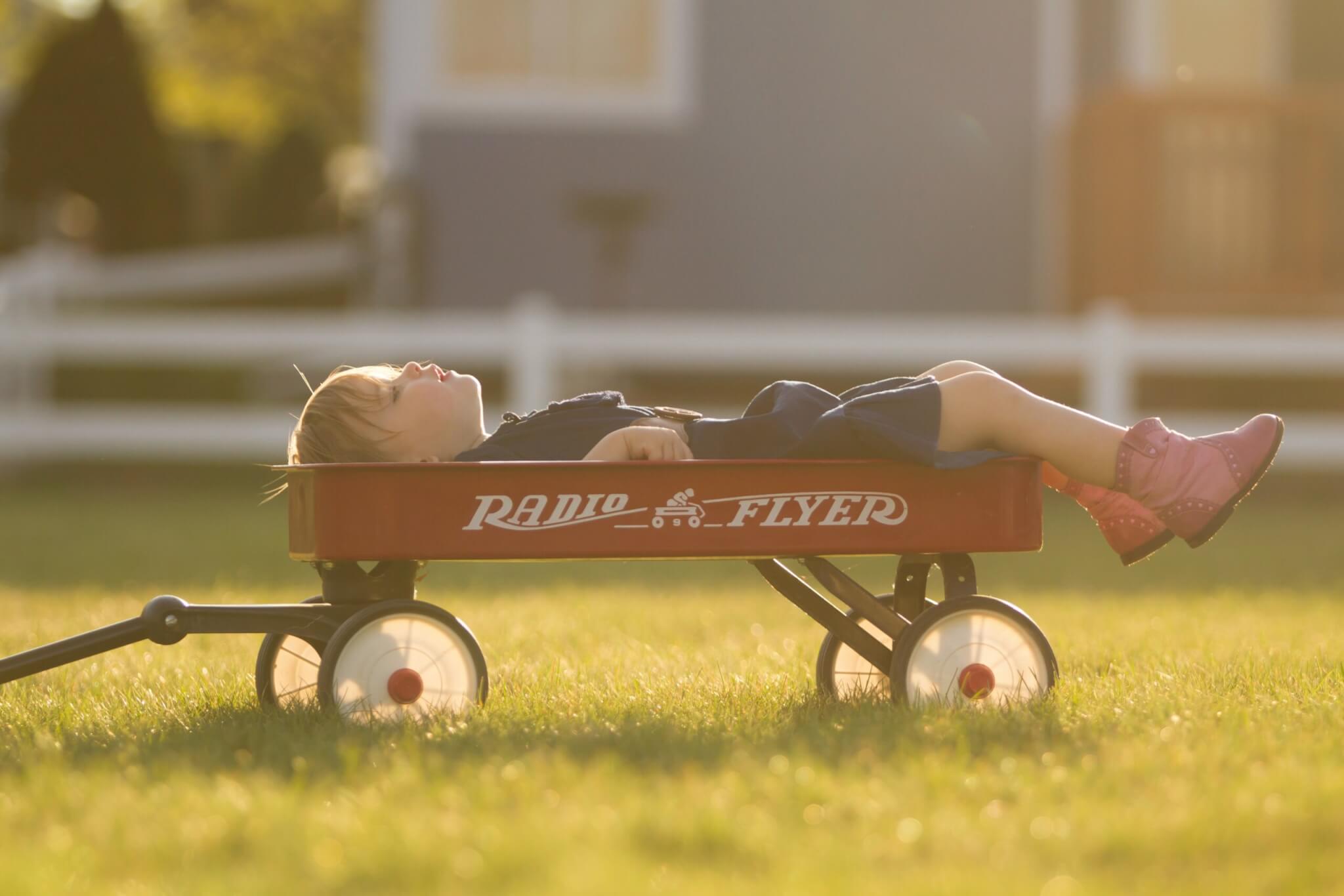 Out of good intentions, parents want to see their children spend their precious time studying and not wasting it away on computer games or social media. But the brain is not a computer that can keep working endlessly. It is like a muscle that can get tired and needs rest. For every fifty minutes of work, allow your child to take a 5 to 10-minute break. Not taking regular breaks can lead to a significant decrease in academic performance and, in some cases, serious health concerns like anxiety, insomnia, and depression.
Out of good intentions, parents want to see their children spend their precious time studying and not wasting it away on computer games or social media. But the brain is not a computer that can keep working endlessly. It is like a muscle that can get tired and needs rest. For every fifty minutes of work, allow your child to take a 5 to 10-minute break. Not taking regular breaks can lead to a significant decrease in academic performance and, in some cases, serious health concerns like anxiety, insomnia, and depression.
Adequate sleep is also crucial if you want your child to do well in school. It is during the period of sleep that the brain sorts, arranges, and moves information from the temporary memory to the long-term memory. Unfortunately, a local study found that 85% of secondary school students from top schools in Singapore clock in only 6.5 hours of sleep a night on weekdays instead of the recommended 8 to 10 hours nightly.
Researchers from the National University of Singapore found that by adding a one and a half hour mid-afternoon nap to the 6.5 hours of sleep, students can fulfil the sleep requirements without significant impact on basic cognitive functions.
Start planning for your kid to take a nap during the day. It will revitalise the body and mind and get them ready to learn.
By Parcsen Loke, Family Life Coach, Centre for Fathering.
Food for Thought: How many hours of study a day would you consider enough for your child?
